Witness the Remarkable Journey of Ball Python Growth!
Join us on a captivating expedition as we delve into the extraordinary growth of ball pythons. From hatching as tiny, adorable hatchlings to transforming into magnificent, majestic creatures, ball pythons go through an incredible journey of growth and development.
Throughout their life cycle, ball pythons undergo significant physical changes, each stage revealing their unique beauty and characteristics. From shedding their skins to the remarkable patterns and colors that emerge, every milestone is a testament to the wonders of nature.
In this article, we will take you on a mesmerizing visual voyage, showcasing the various stages of ball python growth. Discover how these spectacular creatures thrive and adapt in captivity and learn essential tips on providing them with the perfect environment to flourish.
Whether you are a ball python enthusiast, a reptile lover, or simply curious about the intricacies of nature, this article will both educate and captivate you. Brace yourself for an awe-inspiring adventure into the remarkable journey of ball python growth!
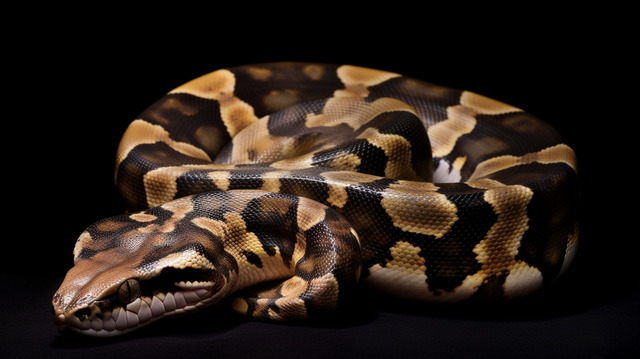
Understanding the Growth Stages of Ball Pythons
Ball pythons, also known as royal pythons, have a fascinating life cycle that can be divided into four main stages: baby, juvenile, sub-adult, and adult. Each stage is marked by specific growth milestones and developmental changes. Let’s explore each stage in detail.
Baby Ball Pythons: Hatching and Early Growth
The journey of a ball python begins in its egg. After an incubation period of approximately 55 to 60 days, the eggs hatch, revealing adorable hatchlings. These baby ball pythons measure around 10 to 15 inches in length and are incredibly fragile. They rely on their yolk sac for nourishment during the first few days of life.
Once the yolk sac is absorbed, baby ball pythons are ready to start their journey towards independent feeding. At this stage, it is crucial to provide them with a suitable enclosure that mimics their natural habitat. A small, secure enclosure with proper temperature and humidity levels is essential for their growth and well-being.
To ensure a smooth transition to feeding, offering appropriately sized prey items is vital. Baby ball pythons typically feed on small mice or rat pinkies, which are easy for them to consume. Regular feeding and monitoring their weight gain are important to ensure healthy growth during this stage.
Juvenile Ball Pythons: Development and Feeding
As baby ball pythons continue to grow, they transition into the juvenile stage. During this phase, they experience rapid growth and undergo significant developmental changes. Juvenile ball pythons will shed their skins multiple times as they grow, allowing their bodies to expand and accommodate their increasing size.
Feeding juvenile ball pythons can be slightly challenging, as they may be more selective about their prey. It is common for them to go through feeding strikes or show a preference for live prey. Ensuring a stress-free environment and offering a variety of prey options can help encourage consistent feeding habits.
The enclosure for juvenile ball pythons should be larger compared to their baby stage. A spacious enclosure with appropriate hiding spots and climbing opportunities will stimulate their natural instincts and promote healthy growth. Maintaining proper temperature and humidity levels is crucial for their overall well-being.
Sub-Adult Ball Pythons: Growth Spurts and Habitat Requirements
As ball pythons enter the sub-adult stage, their growth rate slows down compared to their earlier stages. However, they still experience occasional growth spurts as they prepare to reach their adult size. At this stage, it is important to monitor their growth and adjust their feeding schedule accordingly.
Sub-adult ball pythons require larger enclosures with ample space to move around comfortably. Providing a range of hiding spots, branches, and rocks will not only make their habitat aesthetically pleasing but also offer mental stimulation. Regular exercise and climbing opportunities are essential for their physical and mental well-being.
Maintaining a proper feeding schedule and offering appropriately sized prey items is crucial during this stage. Sub-adult ball pythons may require larger prey, such as small rats, to meet their nutritional needs. Consistent monitoring of their weight and overall health is necessary to ensure they are thriving.
Adult Ball Pythons: Reaching Maturity and Breeding
The final stage of a ball python’s growth journey is adulthood. Ball pythons typically reach their adult size between 3 to 5 years of age, although individual growth rates may vary. Adult ball pythons are known for their impressive size, with females typically growing larger than males.
Once ball pythons reach maturity, they may exhibit breeding behaviors. Breeding ball pythons requires careful planning and consideration of various factors, including the health and genetic compatibility of the breeding pair. It is essential to provide a suitable breeding environment and closely monitor the female’s reproductive cycle.
During the adult stage, maintaining a consistent feeding schedule and offering appropriately sized prey items is crucial for their overall health. Adult ball pythons may require larger prey, such as adult rats, to meet their nutritional needs. Regular health check-ups and monitoring their weight are essential to detect any potential health issues.
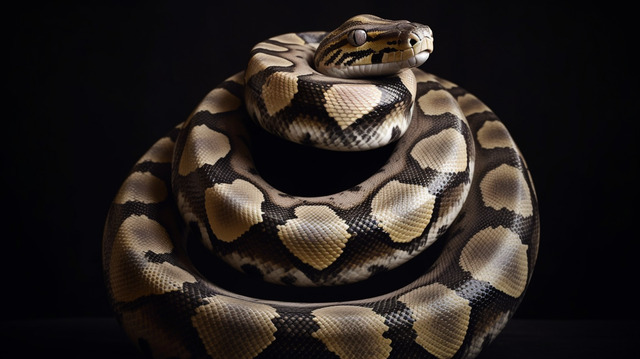
Common Challenges in Ball Python Growth
While ball pythons are generally hardy creatures, they can face certain challenges during their growth journey. It is important for snake owners to be aware of these challenges and take proactive measures to ensure the well-being of their pet.
One common challenge is improper shedding. Ball pythons rely on shedding their skin to accommodate their growing bodies. However, issues such as low humidity or inadequate humidity hides can lead to difficulties in shedding. Providing a humid hide and ensuring proper humidity levels in the enclosure can help prevent shedding problems.
Another challenge is feeding-related issues. Ball pythons may go through periods of feeding strikes or become picky eaters. This can be influenced by factors such as stress, inappropriate prey size, or changes in their environment. Creating a stress-free environment and offering a variety of prey options can help overcome these challenges.
Health issues, such as respiratory infections or parasites, can also affect the growth and well-being of ball pythons. Regular health check-ups, maintaining proper hygiene in the enclosure, and providing a clean water source are essential preventive measures.
Tips for Promoting Healthy Growth in Ball Pythons
To ensure the optimal growth and well-being of ball pythons, here are some essential tips to keep in mind:
- Provide a suitable enclosure: Create an enclosure that mimics their natural habitat, with appropriate temperature and humidity levels. Offer hiding spots, branches, and rocks to stimulate their natural instincts.
- Establish a proper feeding schedule: Offer appropriately sized prey items and monitor their weight to ensure healthy growth. Provide a variety of prey options to encourage consistent feeding habits.
- Maintain optimal temperature and humidity: Regularly monitor and adjust the temperature and humidity levels in the enclosure to create a comfortable and stress-free environment.
- Offer mental stimulation: Provide climbing opportunities, hide boxes, and other enrichment activities to keep your ball python mentally stimulated and prevent boredom.
- Regular health check-ups: Schedule regular visits to a reptile veterinarian to monitor your ball python’s health and detect any potential issues early on.
- Practice good hygiene: Clean the enclosure regularly, provide a clean water source, and handle your ball python with clean hands to prevent the spread of bacteria or parasites.
By following these tips, you can ensure that your ball python thrives and grows into a healthy and majestic creature.
Resources for Further Information on Ball Python Growth
For further information on ball python growth and care, here are some recommended resources:
- Books: “The Ball Python Manual” by Philippe de Vosjoli, “The Complete Ball Python” by Kevin McCurley, and “Ball Pythons in Captivity” by David G. Barker and Tracy M. Barker.
- Online forums and communities: Join online forums and communities dedicated to ball python enthusiasts, where you can interact with experienced keepers and gain valuable insights.
- Reptile magazines and publications: Subscribe to reptile magazines or browse through reputable reptile publications for articles and guides on ball python care and growth.
- Reptile expos and events: Attend reptile expos and events in your area, where you can meet breeders, experts, and fellow enthusiasts who can provide valuable information and advice.
Remember, knowledge is key when it comes to providing the best care for your ball python and ensuring their growth journey is as remarkable as possible.
Conclusion: Celebrating the Remarkable Journey of Ball Python Growth
Witnessing the growth and development of ball pythons is truly an awe-inspiring experience. From tiny hatchlings to magnificent adults, these creatures captivate us with their unique beauty and characteristics. Each stage of their growth journey reveals the wonders of nature and reminds us of the intricate balance of life.
By understanding the growth stages of ball pythons and providing them with the perfect environment to flourish, we can ensure their optimal growth and well-being. From proper feeding practices to maintaining a stress-free habitat, our efforts contribute to their remarkable journey.
So, whether you are a ball python enthusiast, a reptile lover, or simply curious about the intricacies of nature, embrace the opportunity to witness the remarkable journey of ball python growth. Let their captivating transformation inspire you and deepen your appreciation for the wonders of the natural world.
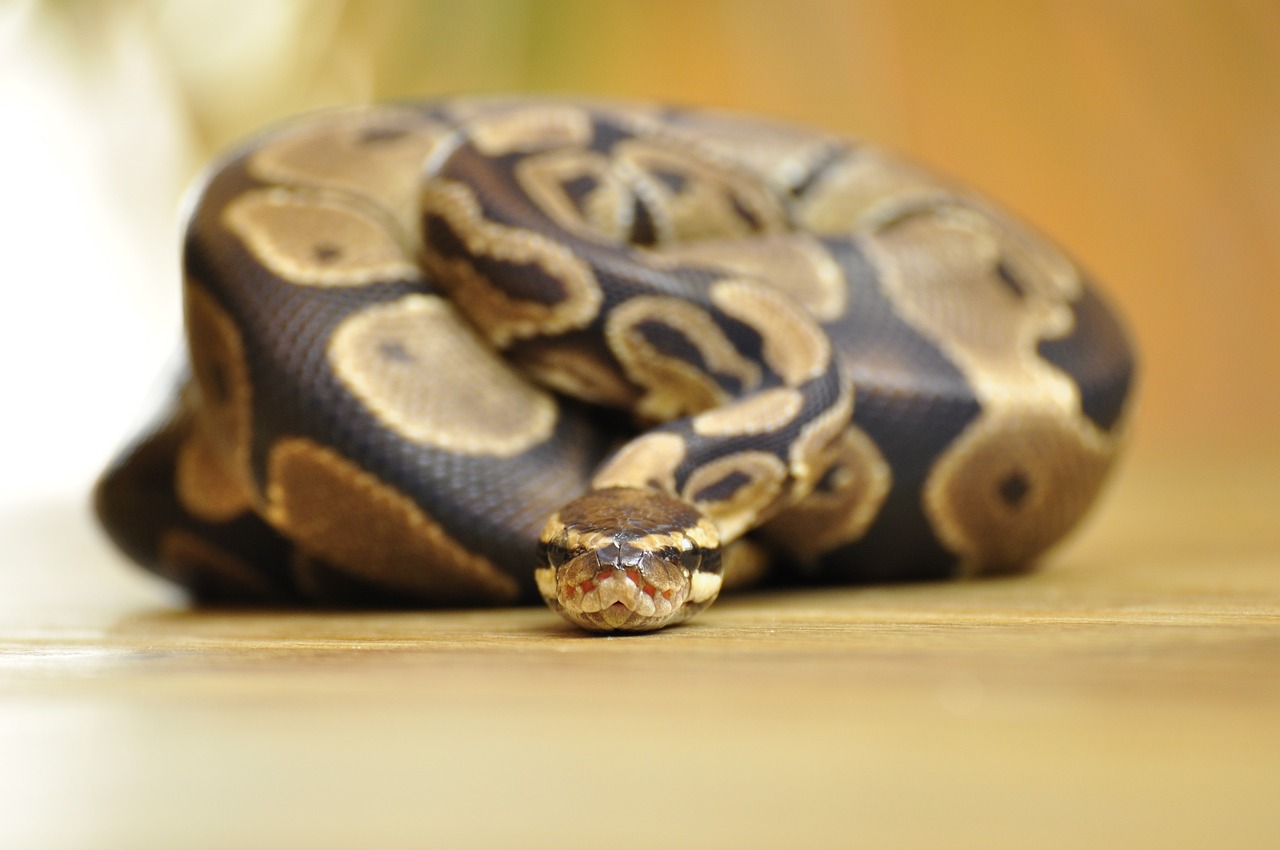
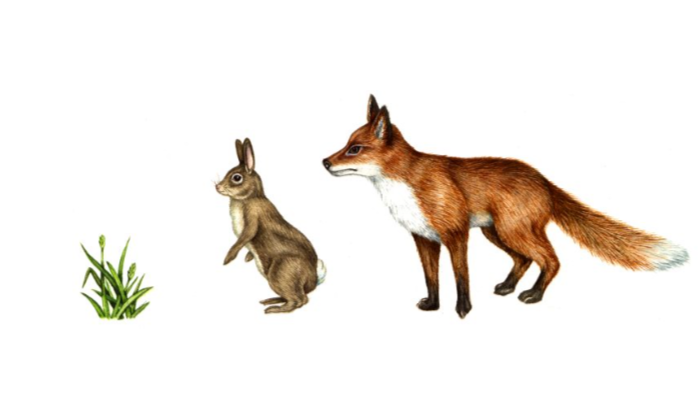
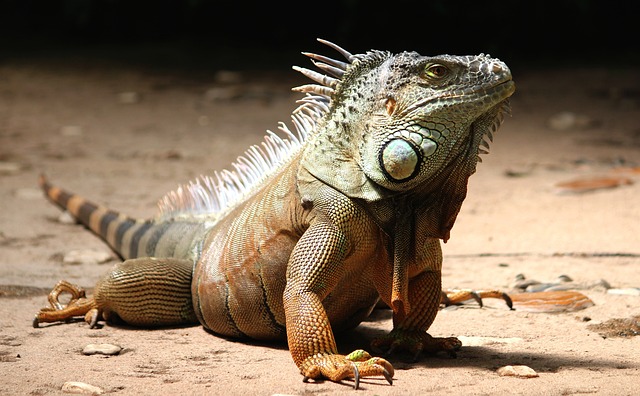
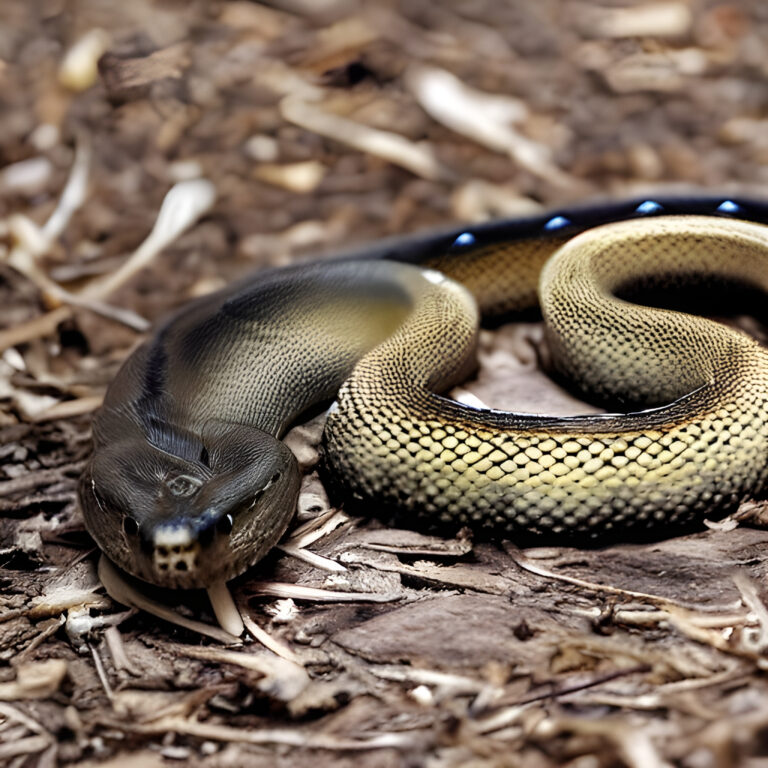


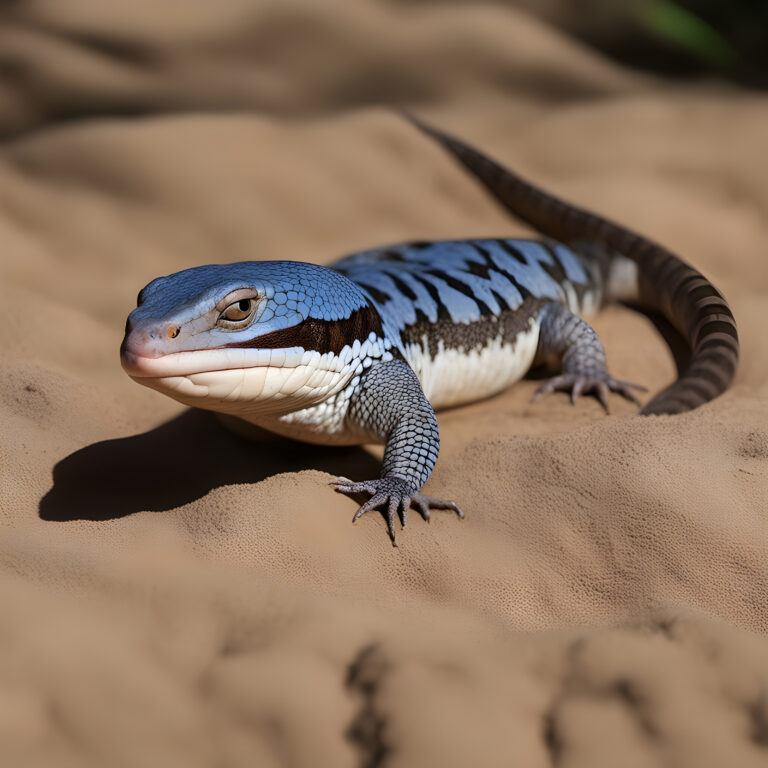
One Comment